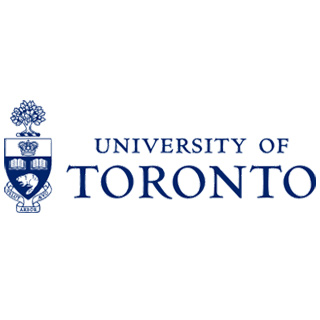
In the background information supplied by the authors, it is observed that Bell palsy is a severe weakness or paralysis of the facial nerve, and supposedly may have a yearly occurrence of 20 to 30 per 100,000 populations. It is noted that about 71 percent of untreated patients may recover completely and roughly 84 percent may have complete or near normal recovery, the remaining may have constant to moderate to severe weakness, facial contracture, or synkinesis which may be involuntary movement. The authors explain that a herpes infection may probably cause the disorder. DNA samples from patients may have yielded herpes simplex virus type 1 (HSV-1).Varicella zoster virus (VZV) reactivation is apparently also allied with Bell Palsy.
John R. de Almeida, M.D., from Sunnybrook Hospital and the University of Toronto, Canada, and his colleagues carried out a search of the medical literature for randomized controlled trials as weighed against the treatment with either corticosteroids or antiviral agents. They were equipped with a control measuring unsatisfactory facial recovery which could mean up to four months or more, unsatisfactory short-term recovery which may mean six weeks to less than four months, synkinesis and autonomic dysfunction, or adverse effects. About 854 studies were apparently recognized by the authors, of which roughly 18 were apparently suitable for inclusion for evaluation. The 18 studies integrated an approximate 2,786 patients and were apparently performed in 12 countries and 5 continents.
The authors reported, “High-quality evidence suggests that corticosteroids alone reduce the risk of unsatisfactory recovery by 9 percent in absolute terms, with a NNTB (number of patients needed to treat for one patient to experience benefit) of 11. Corticosteroid therapy combined with antiviral agents reduced the risk of unsatisfactory recovery compared with antiviral agents alone. Corticosteroids were also associated with a 14 percent absolute risk reduction of synkinesis and autonomic dysfunction (NNTB, 7; moderate quality of evidence). Corticosteroids were not associated with an increased risk of adverse effects.â€
The authors concluded by mentioning that their results suggest a possible incremental benefit of antiviral agents in addition to corticosteroids, with an absolute risk reduction of 5 percent compared with corticosteroids alone. This effect, however, is not definitive and did not quite reach statistical significance. Further primary studies are needed to definitively establish or refute an incremental benefit of combined therapy compared with corticosteroid mono therapy.
This study was published in the issue of JAMA
